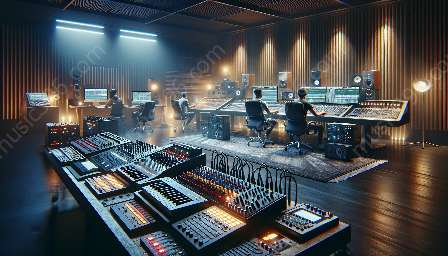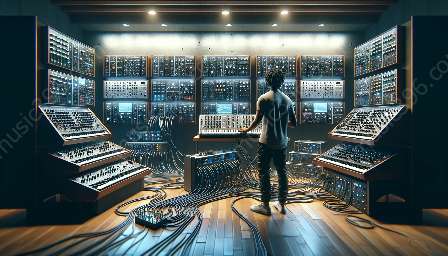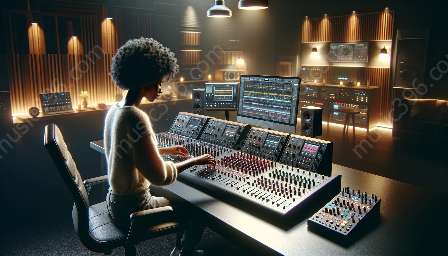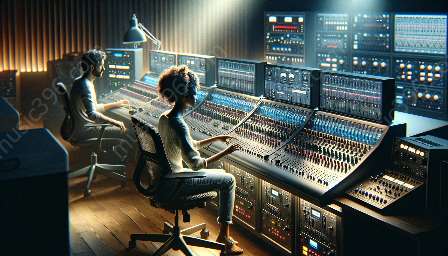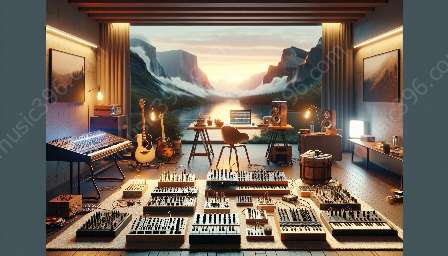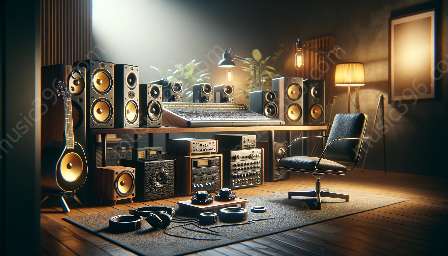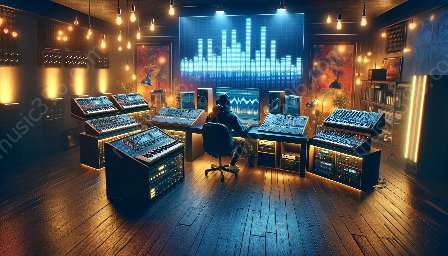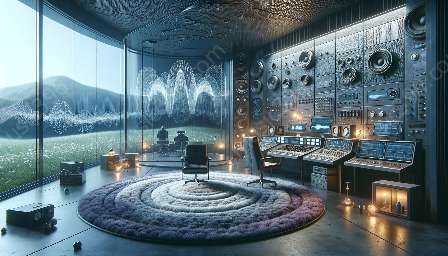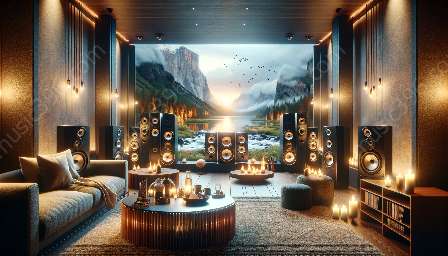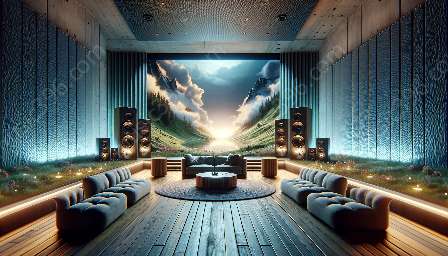When it comes to audio experiences, room acoustics play a crucial role in shaping sound quality. This topic cluster will explore the ways in which room acoustics affect sound quality and how this is connected to acoustic engineering and music technology.
Understanding Room Acoustics
Room acoustics refers to how sound waves interact within an enclosed space. It encompasses the reflection, absorption, and diffusion of sound, as well as the impact of room dimensions and materials on sound propagation. The acoustic properties of a room can significantly influence the overall sonic experience within that space.
Reflection, Absorption, and Diffusion
Reflection occurs when sound waves bounce off surfaces within a room. This can lead to echoes, reverberation, and the creation of standing waves that may cause certain frequencies to be amplified or canceled out. Absorption, on the other hand, involves the dissipation of sound energy as it is absorbed by materials such as curtains, carpets, and acoustic panels. Diffusion is the scattering of sound waves in various directions, which can help create a more balanced and natural listening environment.
Room Dimensions and Materials
The size, shape, and construction materials of a room can have a significant impact on how sound is perceived. For example, smaller rooms tend to exhibit more prominent resonances at lower frequencies, while larger rooms may suffer from weaker bass response. Additionally, the types of surfaces and furnishings in a room can affect the overall acoustics, with harder surfaces typically leading to more reflective and reverberant environments, and softer materials promoting absorption.
Implications for Sound Quality
Room acoustics can have both positive and negative implications for sound quality. On the one hand, a well-designed acoustic environment can enhance the clarity, accuracy, and immersiveness of audio playback. On the other hand, poor room acoustics can introduce distortions, muddiness, and uneven frequency response, thereby diminishing the overall listening experience.
Acoustic Engineering
Acoustic engineering is the discipline that focuses on optimizing the acoustics of spaces, including rooms, concert halls, and performance venues. Acoustic engineers employ principles of physics, mathematics, and materials science to address sound-related challenges and create optimal sonic environments. They utilize advanced modeling and measurement techniques to analyze and improve room acoustics, often leveraging technology such as computer simulations and acoustic measurement equipment.
Room Acoustic Treatment
Acoustic engineers design and implement specific treatments to address room acoustics, such as the strategic placement of absorptive and diffusive materials to control reflection and reverberation. This may involve the use of acoustic panels, bass traps, diffusers, and other specialized devices tailored to the acoustical characteristics of a given space.
Music Technology
In the realm of music technology, the study of room acoustics is essential for ensuring the accurate reproduction and monitoring of audio. From recording studios to home listening rooms, music technologists leverage their understanding of room acoustics to create ideal listening environments and to develop audio equipment with optimized performance for varied acoustic conditions.
Studio Monitoring and Calibration
Music technologists focus on optimizing studio monitoring systems to provide accurate and transparent sound reproduction. This includes the use of calibrated speakers, subwoofers, and room correction systems to compensate for the impact of room acoustics on the perceived frequency response and spatial imaging. By integrating sophisticated digital signal processing and room analysis tools, music technologists aim to mitigate the detrimental effects of room acoustics on audio monitoring.
Virtual Acoustic Modeling
Advancements in music technology have led to the development of virtual acoustic modeling tools that simulate the acoustics of different listening environments. These tools enable engineers and producers to evaluate and adjust the perceived sound quality, considering the effects of various room acoustics without physical modifications. Virtual acoustic modeling plays a key role in optimizing audio production workflows and delivering consistent sonic experiences across different playback systems.
Optimizing Sound Quality
Ultimately, the collaborative efforts of acoustic engineers and music technologists are geared toward optimizing sound quality in diverse settings. By applying scientific principles and leveraging innovative technologies, they seek to minimize the impact of unfavorable room acoustics and maximize the fidelity, balance, and spatial characteristics of audio reproduction.


